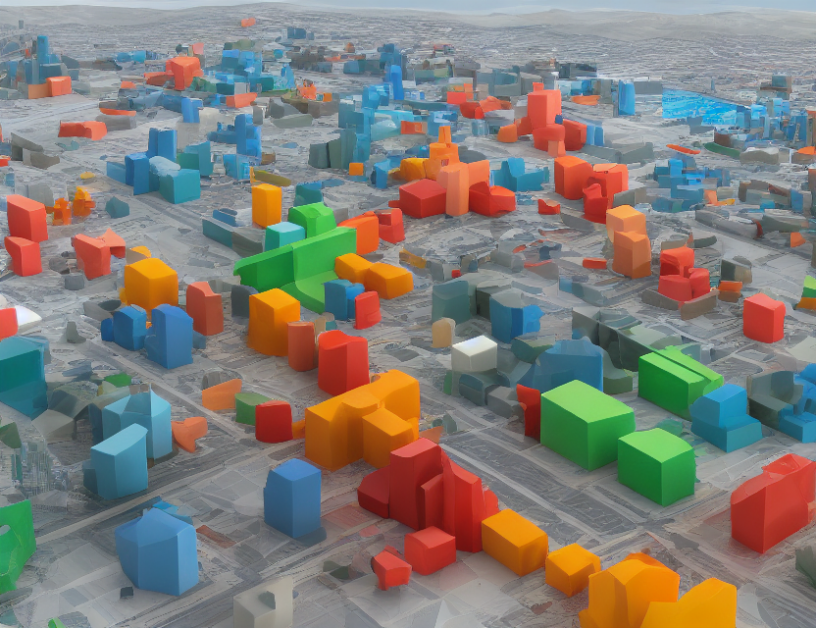Semi-supervised learning is a machine learning technique that uses both labeled and unlabeled data to train models. While it may seem like a powerful tool, recent research has shown that the accuracy of semi-supervised learning algorithms can be limited by the quality of the unlabeled data. In other words, if the unlabeled data is noisy or biased, the model’s performance will suffer, regardless of how much labeled data is used.
To understand why this happens, let’s consider a simple analogy. Imagine you are trying to learn a new language by listening to recordings of native speakers. If the recordings are of high quality and accurately represent the language, you will be able to learn it quickly and effectively. However, if the recordings are poor quality or contain errors, it will be much harder for you to learn the language, even with access to a large number of recordings.
In machine learning, the "recordings" that we use to train models are called "data". Just like the quality of language recordings affects how quickly and accurately you can learn a new language, the quality of the data used in semi-supervised learning affects how well the model can learn from both labeled and unlabeled data.
Researchers have shown that there is a limit to how much improvement semi-supervised learning can offer over traditional supervised learning techniques. In other words, while semi-supervised learning may help to reduce the amount of labeled data needed for training, it cannot completely overcome the limitations of poor quality unlabeled data.
This has important implications for machine learning practitioners. Rather than relying solely on semi-supervised learning to improve model accuracy, they should focus on collecting high-quality labeled and unlabeled data, as well as using other techniques like transfer learning and regularization to improve model performance.
In summary, while semi-supervised learning can offer some benefits over traditional supervised learning, it is not a silver bullet for improving model accuracy. The quality of both the labeled and unlabeled data used in semi-supervised learning is crucial for achieving good results, and practitioners should prioritize collecting high-quality data to optimize their models’ performance.
Computer Science, Machine Learning
Rate Improvement of SSL for Different Regimes: A Comparative Analysis



